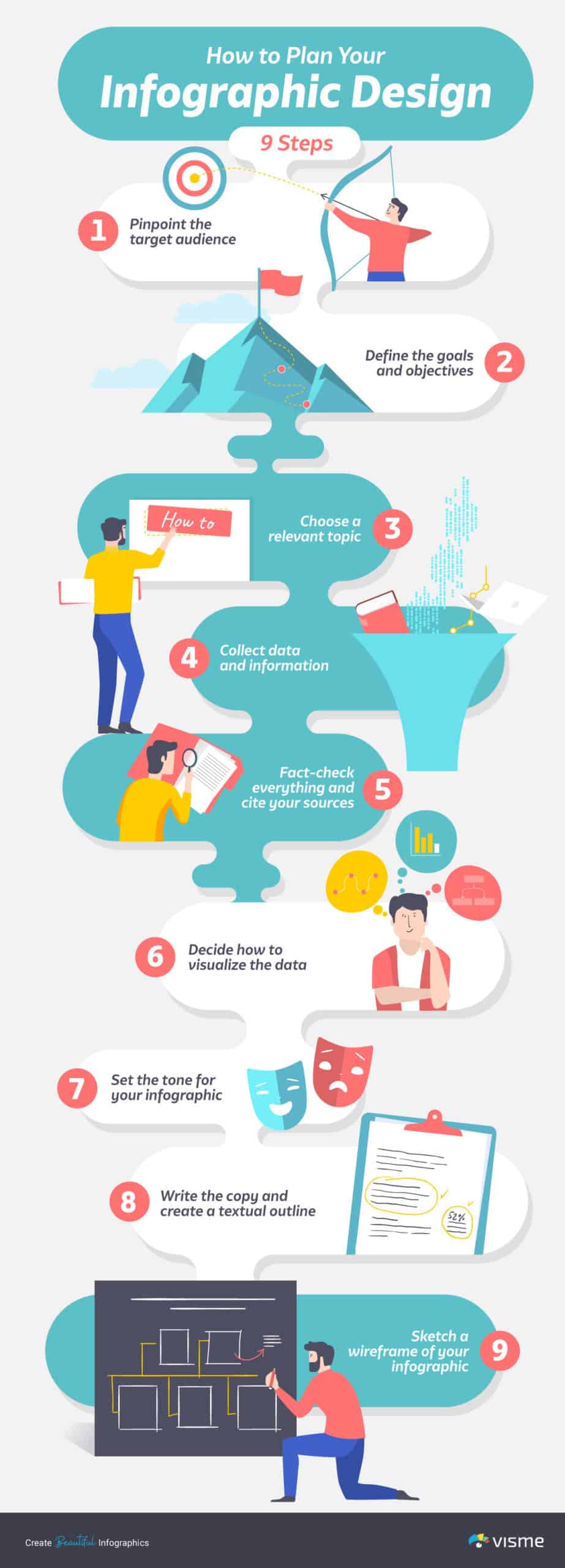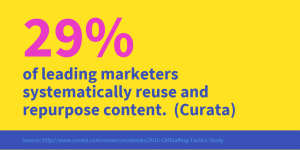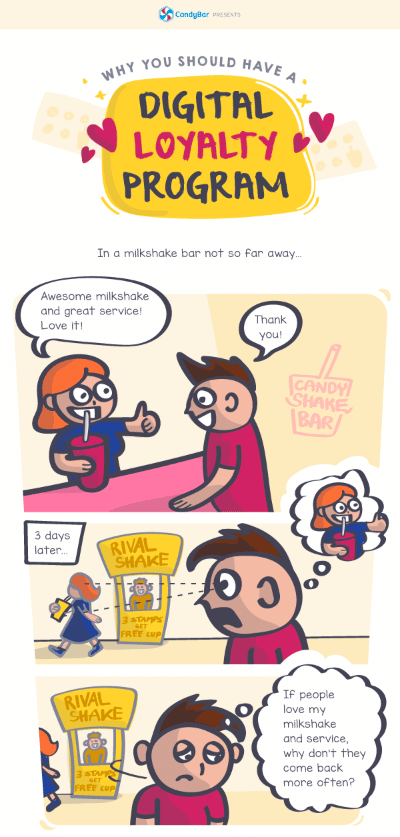
6 Simple Ideas for Repurposing Blog Content
One of the themes of the global economy right now is how to do more with less.
Repurposing blogs and other forms of content is one of the best ways to create more without having to spend additional budget. It also allows you to double-down on content that you know already worked.
I’ve said it a million times that Content Marketing is a valuable digital asset for several reasons. High-quality content can help to build your brand and reputation, increase the traffic to your site, and boost your conversion rate.
And customers gained from content marketing are more likely to stay longer and spend more!
BUT, the other reason why investing in content marketing has such a great ROI is that content can be repurposed in many different ways.
Let’s have a look at some of the most common ways of repurposing blog content.
Quick Takeaways:
- Infographics can help in SEO and increase traffic to your site.
- You can compile a set of your own blog posts into an ebook and publish it on Amazon.
- Reposting old blog posts to social media will give them a new life.
- Podcasts and video clips help promote your text content in new and shareable formats.
- Republish your content on high quality platforms to gain new audiences.
1. Create an Infographic
If your blog post contains a lot of statistics, facts, or interesting information, it would probably translate well into an infographic.
Infographics take quite a bit of work to produce but they can be easily outsourced to a specialist graphic designer, and they’re well worth the investment, as this type of content attracts a lot of likes and shares on social media. In fact, an infographic is 30 times more likely to be read than a text article!

You can also use infographics to boost your SEO and drive traffic back to your site by including your site URL in the actual graphic and asking other site owners to share with a link to your site.
Here’s a video guide that walks you through the 5 steps for creating an infographic:
2. Compile it into an Ebook
Writing an ebook from scratch may seem like a formidable task. However, if you’ve been blogging for a while you’ll probably have enough useful content on one topic to compile together into a book.
Most blog posts lend themselves well to be repurposed as a non-fiction book, and each post naturally works as a single chapter of the book.
You’ll probably have to edit your posts slightly and add an introductory and closing section, but the work will be minimal compared to writing a book from chapter-one.
You can then self-publish your book on Amazon Kindle to earn money or a new audience for your brand and content. Don’t think that just because your content is freely available on the web that people won’t be willing to pay for it. Organizing your content and putting it together in one place makes it a more valuable resource than several blog posts, where readers will have to hunt for the information they need.
Alternatively, you can offer it as a lead magnet or free download in exchange for signing up to your list.
3. Take Snippets and Repost to Social Media
Reworking your weekly blog posts into another format can take quite a bit of time and effort, but there’s also a way of repurposing your content that takes practically no time at all.
If your old posts still contain valuable information, simply repost them to social media. This content will be brand new to more recent members of your audience, and even those who have read it before will appreciate revisiting useful blog posts.
Publishing blog posts once and just leaving them to sit is a waste of your hard work. Instead, take a few minutes periodically to update them if needed, and post links to your older content on social media regularly.
4. Create a Podcast or Video
You must have been living under a rock if you haven’t come around to the idea that video is the future of online content. Over half of marketing professionals surveyed in a Syndacast study agreed that video offers the best ROI of any type of content, and on average one-third of online activity is spent watching videos. This figure is expected to keep rising too.

The problem is that getting into video can be a little intimidating if you haven’t done it before. Maybe you don’t know what kind of content will engage your audience, or you just don’t know where to start.
The answer, of course, is to look to your existing successful content for inspiration. A blog post can easily be reworked as an informative video, or you could even create smaller videos to insert into the post to explain particular concepts.
As well as publishing videos on YouTube, you can also publish audio and/or video content on a regular basis as a podcast. This is a great way to reinforce the relationship with your current audience, and attract new followers from a different channel too.
5. Create Spin-off Articles
Do you feel you’re running out of ideas for what to write about on your blog? Your previous posts can provide ideas and inspiration.
It may be that you’ve touched on a point that went beyond the scope of the article, and you can now base a new piece of content around that topic.
Or maybe you could write a new series of blog posts exploring the subject in much greater detail.
Make sure you take a look at your site analytics to see which are your most popular posts and the search terms that people used to find them. This can give you a clue to advise you on the content to produce in the future.
For example, if you’ve written a post about how to create a great Facebook page, and you’ve mentioned Instant Articles, you may get some hits from people looking for information about Facebook Instant Articles. This would be a clear sign that you should publish a new post that goes into depth about creating instant articles on Facebook.
How to Reduce, Reuse and Repurpose Top-Performing Content Into Visuals
Let’s just say it upfront: creating content is time-consuming.
Many of us would like to think creating content was as simple as writing for an hour, sending it off, and being done with it. But as we’ve seen many times over, that isn’t the case. Consistent, quality content takes time and effort to produce.
Ok, so let’s say you’ve taken the time to create some quality content with substance. You’ve gotten good traffic to your site, lots of shares, and hopefully conversions. Should you count this as a win and move on to the next thing?

No. That would be a wasted opportunity to use your content to its full potential. So what should you do instead?
Repurpose your content into visuals!
Why Should Your Repurpose Your Content Visuals?
If you’ve created content that works, make the most of it. Use it to continue to drive traffic to your site.
Larry Kim calls this “unicorn marketing” – identifying your top-performing content (or “unicorn” content) and doubling down on using it to keep the wave of success rolling.
One of the best ways to breathe new life into existing content is to reduce, reuse and recycle it into visuals. You already know that people liked the content – now it’s time to make it even easier for them to share and revisit.
Infographics, social media images, and slide decks are particularly versatile types of visuals because they can be shared on so many different platforms. They can be included in marketing campaigns to make them more compelling, added to content to make it more engaging, included in guest posts to engage new audiences, and more.
The best part? Creating visuals can also be the key to helping underperforming content reach your content goals as well.
Here are the steps you can take to repurpose content into visuals. These tips can be applied to repurposing blog posts, white papers, webinars, and videos.
Identify Your Top-Performing Content and Pull Pieces of Content Gold
First, you need to find your unicorn content. Odds are, you already know what that is based on the amount of engagement it’s gotten. But it’s always a good idea to check the numbers.
Identify which content is getting the most traffic, longest time on page, and conversions.
Then, extract “content gold” from that content – the central, most important information that your audience can glean from a piece of content. That information will typically be what translates best into concise visuals.
Look for things like:
- Lists
- Statistics
- Quotes
- Numbered steps
- Quick tips or hacks
Then, you can slice and dice that information into different types of visuals.
Repurpose Your Content Into Social Media Images
If you aren’t already turning your best content into social media images, it’s time to start. We’ve already talked about creating social media snippets of your blog posts, but you can also create social images or social tiles.
The key to creating eye-catching social media images is to not cram in too much information. Instead, pull one or a few big, surprising statistics, facts or quotes and feature them.
For example, this social media image can easily be read on a mobile screen because there isn’t much text and the visuals are bold:
It’s also good practice to use the optimal image dimensions for each social media platform.
Repurpose Your Content Into a Slide Deck
If you want to share more information than can fit in an infographic, but you still want to summarize your content and make it more visually engaging, then a slide deck is a happy medium.
Plus, slide decks make it easy to share your content in webinars, videos, and on SlideShare.
The key to creating an engaging slide deck is to think “less is more” when it comes to text. Keep your text concise and look for ways to visualize information using images and charts. Here is an example of one I did from a presentation I made years ago!
Similar to creating an infographic, pull the main section headers and key points from your content. Focus on driving home important points on each slide, using bold colors and simple visuals to make it memorable.
Plan for Repurposing Blogs
Repurposing takes enough thought that it’s difficult to do off the cuff. To make sure you’re working as efficiently as possible, plan for your content to be repurposed from the get-go.
As SEO expert AJ Ghergich put it, “Most people fail with repurposing because they try and do it with content that was never the right fit for it in the first place.”
You can save yourself a lot of headache if you set up your content calendar to optimize for repurposing. For example:
- Plan a series of blog posts around the same topic that can be zipped together into an ebook;
- Record interviews with customers and influencers to fuel a podcast;
- Develop ebook chapters that can be separated into email courses;
- Design blog header images to double as social sharing thumbnails
The world is your oyster when it comes to repurposing. Did you find something in this roundup that inspired you to rework, reshape, or reimagine your content? Share it in the comments!
Summing Up
With a little thought and attention, your old blog content can keep working for you now and well into the future. One single blog post can be repurposed into a variety of different formats and uses that can help you to widen your audience, improve your brand visibility, and even boost conversions.
If you’re sitting on a goldmine of content, don’t delay! Start thinking about how you can make the best use out of it today.
And if you are ready to get more traffic to your site with quality content that’s published consistently, check out our Content Builder Service. Set up a quick consultation, and I’ll send you a free PDF version of my books. Get started today–and generate more traffic and leads for your business.










